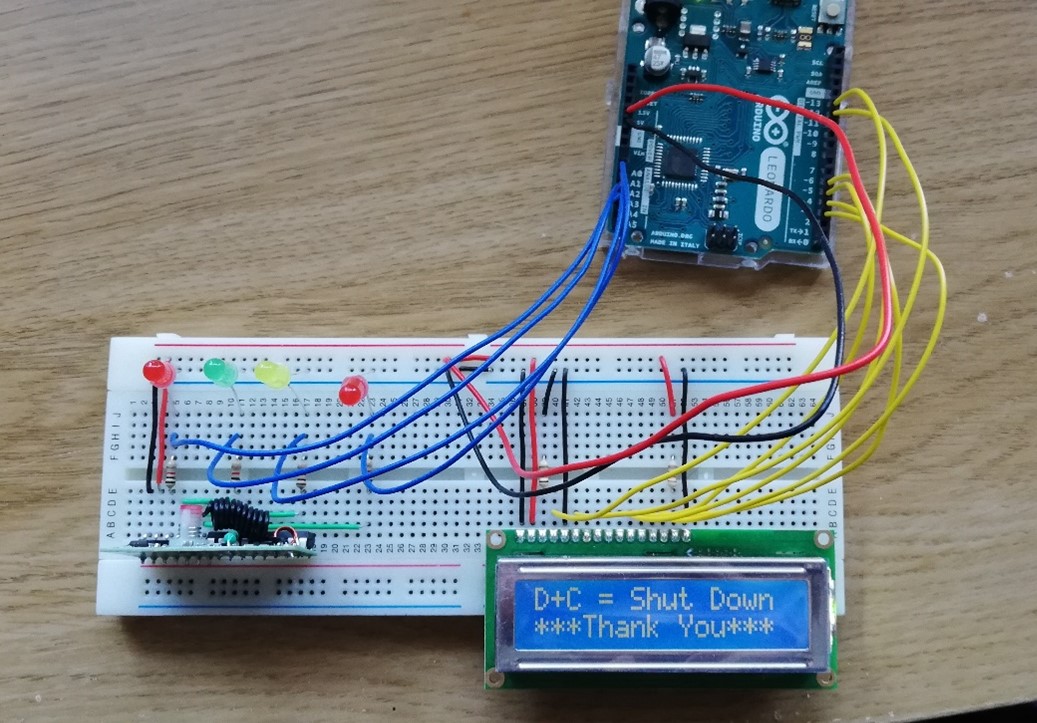Wireless Keyfob System
Introduction

This project requires the student to use a Key-Fob remote control to remotely send the PC to sleep as well as to log it back in. When all the required specifications for this function are achieved, other tasks such as opening an email, using Microsoft Word, closing a program and turning off the P.C. are added. This was done because these functions are commonly used and relates to the main goal of the project.
A key fob is a small electronic security device with a built-in authentication mechanism to enable anyone who has a security network or location to control and secure access to mobile devices, computer systems, network services and data. This transmitter is a hardware device that provides access to a physical object. A key fob can be used to allow a single-factor authentication for items like cars or doors. It is designed to be lightweight in such a way that it can be carried around like a key chain, hence the name key fob.
Objective
The main objective of this project is to develop a key-fob remote control to send PC to sleep and to log it back in remotely. To enable this, the project is divided into to two stages. These stages are as follows:
-
1. Hardware – to be able to build the circuit onto a breadboard and connect the transmitter to the receiver using the Arduino Leonardo.
-
2. Software – to be able to use the Arduino program to create the program code that will correspond to the button that is being pressed and to its specific functionality. E.g. If button “A” is pressed, this will send the PC to sleep.
Components
-
Arduino Leonardo
-
Key fob 4-Button RF Remote Control
-
RF M4 Receiver Momentary Type
-
Breadboard
-
Light Emitting Diode (LED)
-
Resistors
-
16x2 Liquid Crystal Display (LCD)
-
Jump Wires